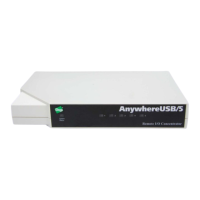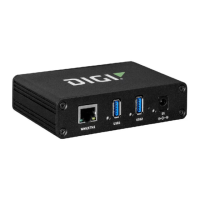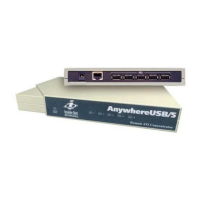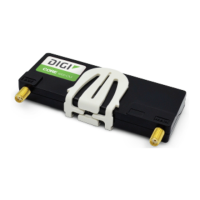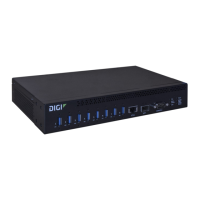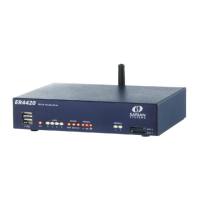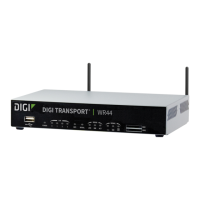AnywhereUSB User Manual (90001085_F1) 47
Configure Security Features
On the Security Page, you can specify the authentication information
required for logging into the AnywhereUSB. By default there is no
password authentication. If you are accessing the AnywhereUSB by
opening the Web user interface or issuing a “telnet” command, no login
prompt is displayed. If desired, you can enable password authentication.
After changing the user name or password, you will immediately be asked
to log back in to the Web interface using the new values.
To further secure your AnywhereUSB, you might want to disable those
network services not necessary to the device, or turn off any non-secure
network services, such as Telnet.
Network Services that Can Be Enabled or Disabled
Network services that can be enabled or disabled include:
ADDP: This service controls use of Advanced Digi Device Discovery
Protocol. If it is disabled, you can no longer use the Digi Device
Setup Wizard, or Digi Device Discovery utility to locate the device.
Remote Login (rlogin): Enables or disables the remote login (rlogin)
service. If disabled, users cannot perform a remote login to the
device.
Remote Shell (rsh): Enables or disables the remote shell (rsh)
service.
Web Server or Secure Web Server (HTTP & HTTPS): These services
control the use of the Web interface. If you disable them, device
users cannot use the Web user interface or Java applet to configure,
monitor, and administer the device.
Telnet: Enables or disables the Telnet service. If disabled, users
cannot Telnet to the device.
SNMP: Enables or disables the use of SNMP. If disabled, SNMP
services such as traps and device information are not used.
Port Numbers for Network Services
For each network service, the Port field shows the port on which the
service is running. It is usually best to use the default TCP port numbers
for these services because they are well known by most applications.
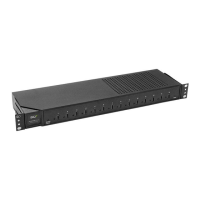
